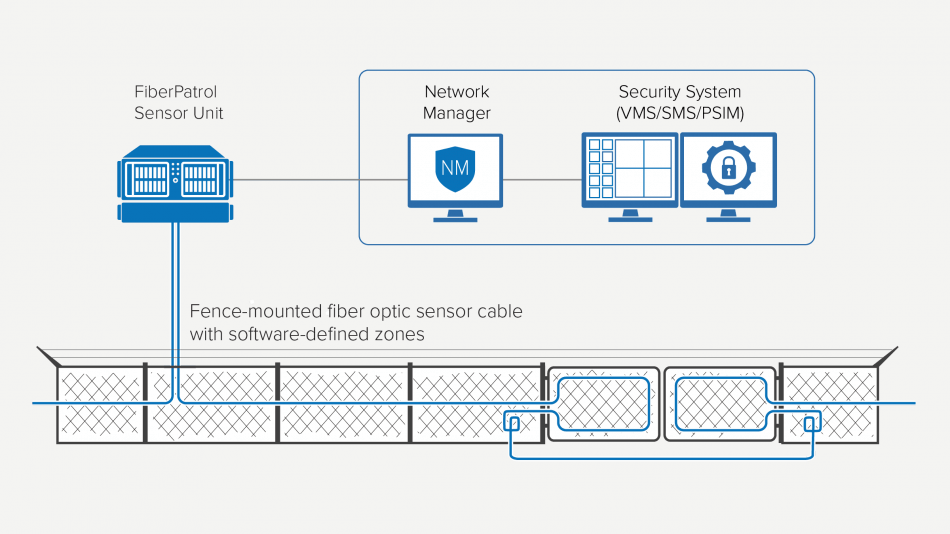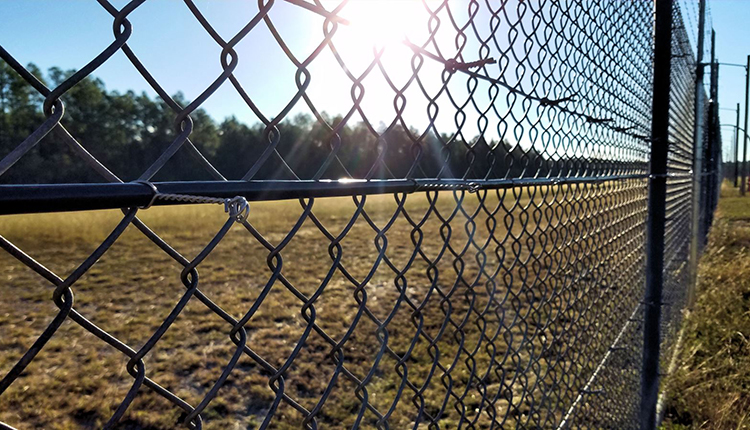The Importance of Fiber Optic Security System Boosts Your Property’s Protection and Surveillance
The Importance of Fiber Optic Security System Boosts Your Property’s Protection and Surveillance
Blog Article
Why Fiber Optic Safety Systems Are the Future of Protection
The shift to fiber optic safety and security systems marks a substantial development in the world of protection, driven by their extraordinary information transmission capabilities and strength to outside disturbances. These systems not only assist in faster and much more reputable communication yet likewise present an affordable option with reduced upkeep demands. As the landscape of safety and security evolves alongside emerging modern technologies such as AI and IoT, the potential for optical fiber to improve and redefine security infrastructures becomes increasingly apparent. Nonetheless, the ramifications of these innovations increase vital questions concerning the future of safety and security procedures and their performance in an ever-changing environment.
Advantages of Fiber Optic Equipments
Among the primary benefits of fiber optic systems is their remarkable bandwidth capacity, which promotes the transmission of big volumes of data over fars away without considerable loss. This particular is specifically helpful for safety and security applications that need the continual tracking and transfer of high-definition video feeds, sensing unit data, and various other important information. Fiber optics can suit the growing needs of contemporary safety and security systems, guaranteeing that information stays intact and trusted.
In addition, fiber optic cable televisions are less prone to electromagnetic interference, which can be a significant issue in settings with different digital gadgets. This resistance enhances the stability of the information being transmitted, therefore lessening the danger of information breaches or system failings. Furthermore, fiber optic systems are inherently more safe and secure than standard copper cords, as tapping into a fiber optic line without discovery is extremely difficult.
The toughness of fiber optic cable televisions likewise contributes to their appeal. They are immune to environmental factors such as dampness and temperature fluctuations, lowering upkeep costs and increasing system longevity. On the whole, these advantages setting fiber optic systems as a durable and efficient selection for modern protection frameworks, guaranteeing reliable and protected information transmission.
Improved Data Transmission Rate

The ability to transfer substantial amounts of data swiftly helps with the seamless combination of high-definition video feeds and advanced analytics. Security systems can now process and examine info in real-time, improving feedback times and situational recognition. Additionally, fiber optic links sustain longer transmission distances without deterioration of signal quality, making them excellent for expansive safety and security networks.
The increased rate of fiber optic systems not just improves the efficiency of security procedures but likewise decreases latency. This is especially essential in vital situations where timely decision-making can prevent protection violations or mitigate possible threats. As organizations proceed to focus look at this now on security and efficiency, the demand for quick and trusted data transmission will definitely solidify fiber optic systems as a foundation of modern safety facilities.
Resistance to Disturbance
Fiber optic security systems constantly show phenomenal resistance to electro-magnetic disturbance, a crucial benefit in environments vulnerable to electronic noise. Unlike standard copper cables, which can be adversely influenced by magnetic fields, superhigh frequency interference, and other kinds of electrical disruption, fiber optic wires utilize light to transmit information. This inherent residential or commercial property makes certain that the signals remain clear and unaltered, despite surrounding electronic task.
Using glass or plastic fibers in fiber optic modern technology develops a barrier against interference, permitting for reliable data transmission also in challenging scenarios such as industrial centers, metropolitan locations with high electronic web traffic, or locations near radio towers. This characteristic dramatically minimizes the chance of signal destruction or loss, making fiber optic systems particularly appropriate for protection applications where integrity and precision of data are paramount.
Additionally, this resistance to disturbance improves the overall performance and reliability of security systems, making sure that tracking and alert systems work effortlessly. In a globe where protection is progressively endangered by sophisticated modern technologies, the durability of fiber optic systems stands apart as a pivotal function, enhancing click here to find out more their status as a necessary part of modern protection infrastructure.
Cost-Effectiveness Over Time
Significant cost financial savings can be achieved over time with the implementation of fiber optic security systems. While the preliminary financial investment might appear higher contrasted to traditional copper-based systems, the long-lasting financial advantages emerge through decreased functional and maintenance costs (fiber security). Fiber optic wires are naturally more resilient and much less susceptible to ecological factors, which translates to decrease replacement and repair work expenses over their life-span
Furthermore, fiber optic systems need much less power to run, which additionally lowers energy expenses. Enhanced information transmission abilities allow for fewer repeaters and amplifiers, minimizing devices investment and improving setup procedures. The scalability of these systems additionally adds to cost-effectiveness, as organizations can broaden their safety and security framework without sustaining considerable additional expenditures.
Another variable to take into consideration is the boosted efficiency in tracking and reaction abilities that optical fiber give. Enhanced real-time information transmission can result in quicker occurrence reaction times, possibly mitigating losses and responsibilities connected with safety and security breaches. Altogether, the lasting benefits of fiber optic safety systems not only validate the first expense however likewise position them as a financially prudent selection for companies looking for durable defense services.

Future Advancements in Safety
Advancing modern technologies are established to reinvent protection systems, incorporating synthetic intelligence (AI) and artificial intelligence to improve hazard discovery and reaction abilities. These developments will certainly enable protection systems to evaluate huge quantities of information in real-time, recognizing patterns and abnormalities that suggest possible dangers. This aggressive technique will certainly make it possible for faster decision-making and more effective occurrence reactions.
In addition, the consolidation of the Web of Things (IoT) is paving the means for interconnected protection tools, providing thorough monitoring and monitoring. Smart sensing units can communicate information regarding environmental modifications, while automated alerts can inform safety and security employees instantly of dubious tasks.
Additionally, the evolution of biometric technologies will certainly better reinforce protection devices. Facial recognition, fingerprint scanning, and retina recognition are becoming much more advanced, supplying layers of authentication that are tough to bypass.
Conclusion
To conclude, fiber optic protection systems stand for a significant innovation in defense innovation, supplying unrivaled data transmission rate, resistance to electro-magnetic disturbance, and lasting cost-effectiveness. As additional info the need for innovative protection services continues to expand, the combination of fiber optics with emerging innovations such as AI, IoT, and biometrics will certainly further improve security facilities (fiber security). The combination of these developments will certainly ensure a more protected and responsive environment, solidifying optical fiber as a cornerstone of future security systems
Report this page